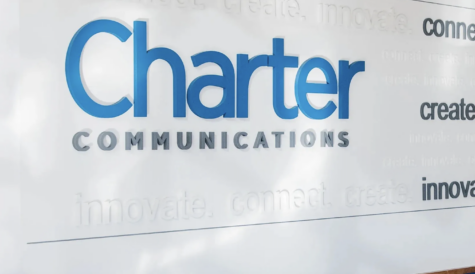MultiChoice posts mixed results as economic downturn takes its toll
 South African pay TV operator MultiChoice’s linear pay-V subscriber base increased by 0.9 million year-on-year to reach 21.8 million at the end of March.
South African pay TV operator MultiChoice’s linear pay-V subscriber base increased by 0.9 million year-on-year to reach 21.8 million at the end of March.
The base comprised nine million subs in South Africa and 12.8 million in the rest of Africa.
MultiChoice said the 5% growth year-on-year was subdued due to the tough economic environment and elevated subscriber growth during COVID-19 related lockdowns in the previous year.
The company posted fiscal year-end revenues of ZAR55.1 billion (€3.36 billion) up 3%, or up 7% organically. Profit was flat at ZAR10.3 billion.
MultiChoice said it had continued to invest in local content, stepping up its local content production by 32% year-on-year to 6 028 hours and bringing its local content library close to 70,000 hours. Local content accounted for 47% of total general entertainment content spend according to the company, which said it remains on track to achieve a target of 50% by 2024.
The South African business was hit by rising unemployment levels and riots last year in Durban and Johannesburg. Revenue increased 4% to ZAR35.6 billion, boosted by advertising growth and a 1% increase in subscription revenues. Trading profit declined 1% to ZAR11.0 billon.
Rest-of-Africa revenue of ZAR17.9bn reflects a strong 14% organic increase, it is only 4% higher than the prior year due to the impact of translating Rest of Africa’s USD revenues at a stronger ZAR for reporting purposes. Trading losses amounted to ZAR1.2bn, which is a 24% improvement YoY on an organic basis.
MultiChoice saw stronger growth from its streaming efforts. Paying Showmax subscribers were up 68%, while overall monthly online users of the group’s connected video services increased 28%. MultiChoice said that a major driver of growth was its focus on expanding local payment channels and enabling local billing in various markets.
“Reduced losses in the Rest of Africa, a rebound in advertising revenues and a continued focus on cost containment enabled us to absorb the ZAR1.1bn impact of a normalisation in content costs as live sport returned and we resumed our local content production post the COVID-19 lockdowns,” said Calvo Mawela, Chief Executive Officer.
“We continued to enhance our video entertainment offering and expanded the variety of services offered to our customers as we grow our entertainment ecosystem.”



